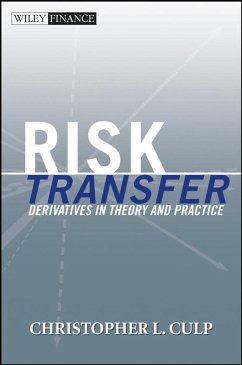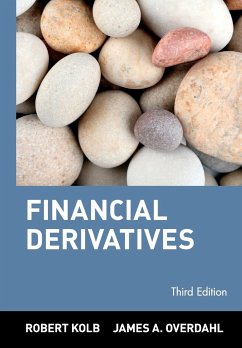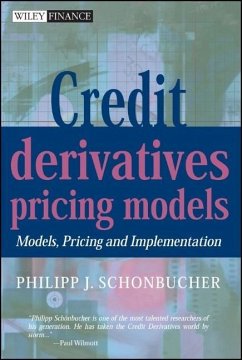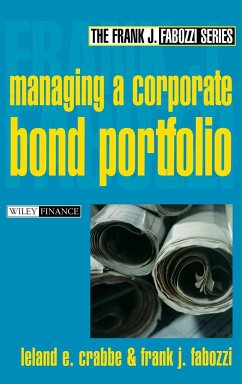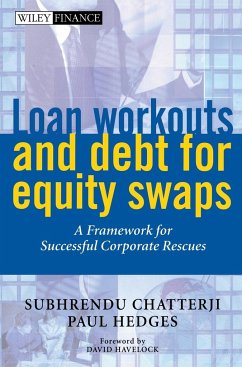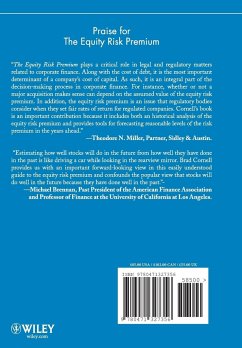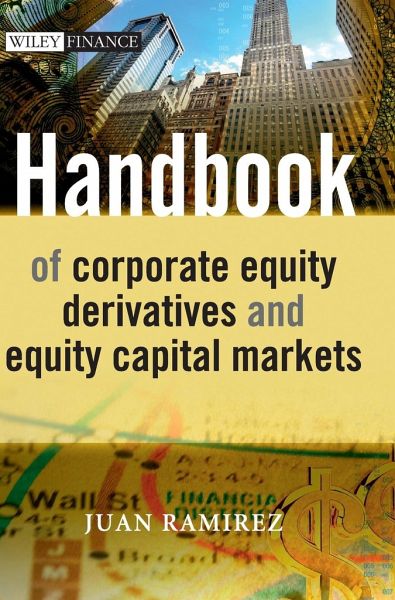
Handbook of Corporate Equity Derivatives and Equity Capital Markets
Versandkostenfrei!
Versandfertig in über 4 Wochen
103,99 €
inkl. MwSt.
Weitere Ausgaben:

PAYBACK Punkte
52 °P sammeln!
Equity strategies are closely guarded secrets and as such, there is very little written about how investors and corporate can utilise equity vehicles as part of their growth strategies. In this much-needed book, industry expert Juan Ramiraz guides readers through the whole range of equity derivative instruments, showing how they can be applied to a range of equity capital market situations, including hedging, yield enhancement and disposal of strategic stakes, mergers and acquisitions, stock options plan hedging, equity financings, share buybacks and other transactions on treasury shares, bank...
Equity strategies are closely guarded secrets and as such, there is very little written about how investors and corporate can utilise equity vehicles as part of their growth strategies. In this much-needed book, industry expert Juan Ramiraz guides readers through the whole range of equity derivative instruments, showing how they can be applied to a range of equity capital market situations, including hedging, yield enhancement and disposal of strategic stakes, mergers and acquisitions, stock options plan hedging, equity financings, share buybacks and other transactions on treasury shares, bank regulatory capital arbitrage and tax driven situations. The book includes case studies to highlight how equity derivative strategies have been used in real-life situations.








